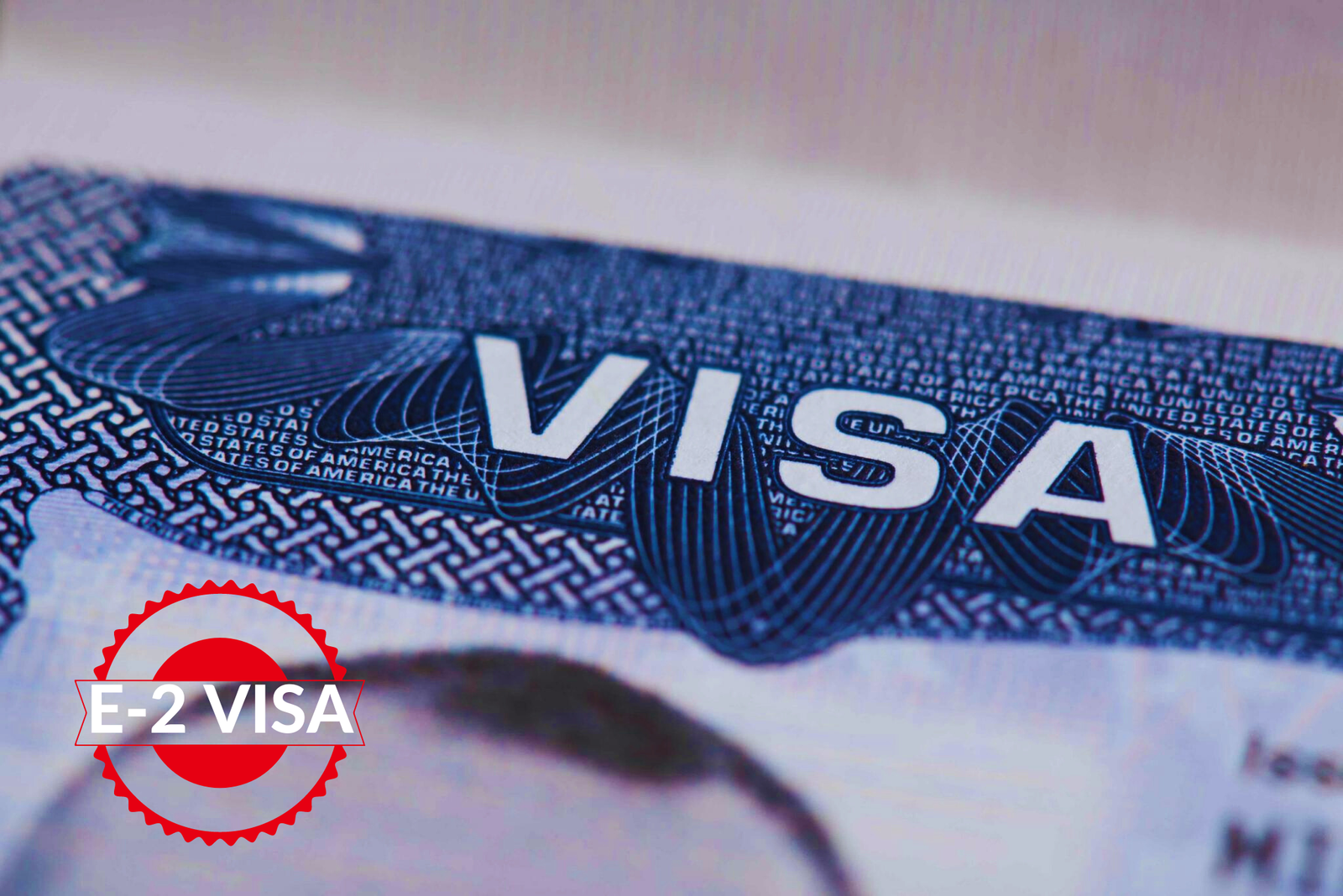In a move to ensure fairness and adaptability, the E-2 Visa program has recently undergone substantial revisions. The Department of State introduced these changes in last May, impacting various facets of the application process. A particularly noteworthy adjustment pertains to derivative beneficiaries associated with principal E-2 applicants. This article delves into the intricacies of this alteration, shedding light on its implications and placing it within the broader context of E-2 Visa program adaptations.

A View of the E-2 Visa Landscape
Before diving into the latest updates, it’s imperative to grasp the foundation of E-2 Visas. This specialized category grants foreign nationals the opportunity to invest in U.S. businesses, enabling them to oversee and cultivate their ventures within the United States. Nevertheless, eligibility for the E-2 Visa is confined to citizens of specific countries that uphold an E-2 treaty with the United States. Notably, the terms of E-2 Visas can substantially differ among treaty countries, creating a diverse array of visa benefits.
Historical Approach: Principal Investors and Derivative Beneficiaries
Historically, the treatment of principal investors and derivative beneficiaries held a simple premise. When the principal investor hailed from a different citizenship than the derivative beneficiaries, all parties would be granted visas of the same duration as the principal applicant. For instance, if a Canadian principal investor and Israeli derivative beneficiaries were involved, all parties would secure a uniform five-year E-2 Visa, irrespective of Israel’s standard 24-month validity period.
Fairness Redefined: Alignment with Citizenship
The latest updates signify a significant shift, aiming to cultivate fairness and parity within the E-2 Visa process. Notably, when derivative beneficiaries possess citizenship from E-2 treaty countries, each party’s visa validity now aligns with their respective country’s regulations. This adjustment ensures that if the principal investor holds Canadian citizenship and the derivative beneficiaries are Israeli citizens, the principal investor receives a five-year visa, while derivative beneficiaries secure a 24-month visa, harmonizing with Israel’s guidelines.
Navigating Non-Treaty Countries
Derivative beneficiaries hailing from non-treaty countries now find their eligibility linked to the principal applicant’s citizenship. Even if the principal investor originates from an E-2 treaty country, derivative beneficiaries from non-treaty nations can access E-2 Visas based on the principal applicant’s citizenship. Here, the validity period for derivative beneficiaries aligns with the principal applicant’s country of citizenship.
Equity in Validity: Balancing the Scales
The updates also address instances where derivative beneficiaries possess citizenship from countries boasting longer validity periods than the principal applicant’s country. In such scenarios, the validity period aligns with the principal applicant’s country. For instance, if derivative beneficiaries hold Canadian citizenship and the principal applicant’s citizenship is Israeli, the validity period is adjusted to 24 months in line with Israel’s term.
These recent updates underscore a commitment to fairness and consistency within E-2 Visa processes, factoring in the citizenship of both principal investors and derivative beneficiaries. Despite the apparent complexity of these changes, their primary objective is to streamline procedures and ensure just treatment for all stakeholders. As one navigates the intricate landscape of the E-2 Visa domain, comprehending these updates becomes an empowering tool for informed decisions and an optimized application journey.

